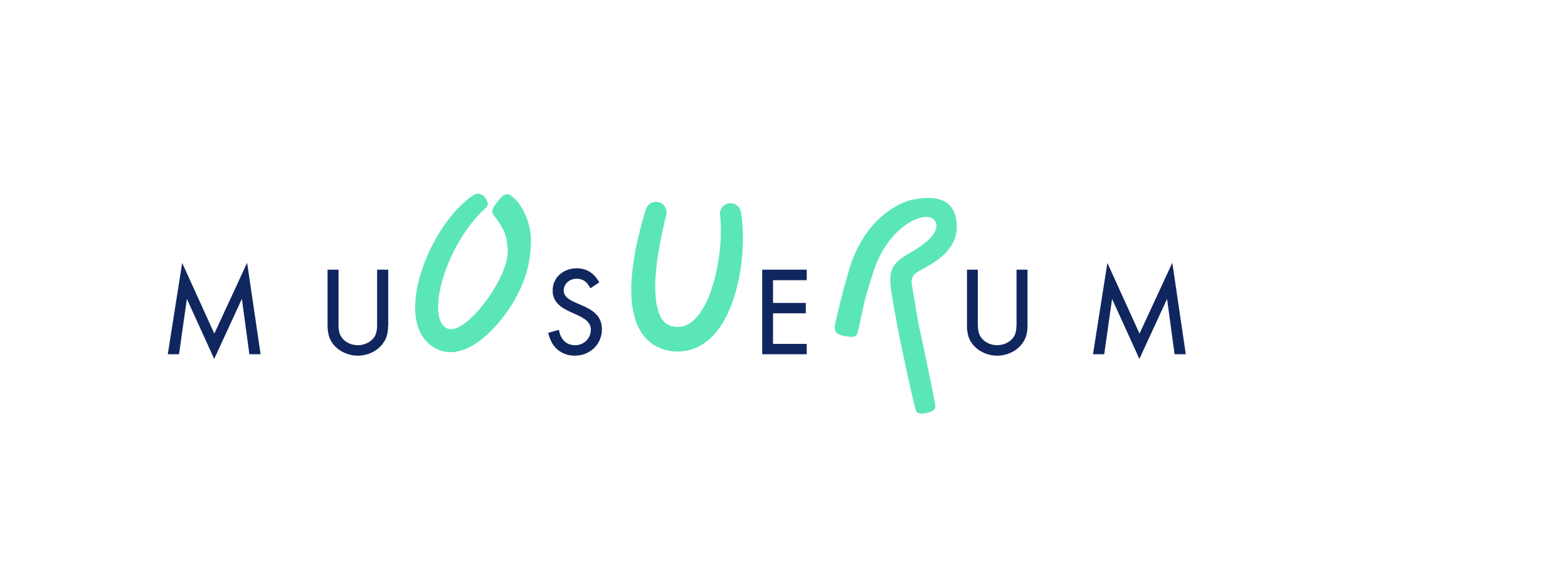Astrophysics
Astrophysics: designing exhibitions for inclusion
Project partners
PhD Fellow, cand.scient. Line Skøtt Nicolaisen; Associate Professor, PhD Marianne Achiam, University of Copenhagen; and Tycho Brahe Planetarium
Project period
1 August 2016 - 31 July 2019
The ultimate goal for science centres and museums is to make knowledge understandable for the public. However, international studies show that the substance of science centres and natural history museums is not equally understandable for everyone and the gender plays a key role for visitors’ knowledge formation there. The aim of this project is to help advance a more diversified science communication in general and astrophysics in particular. The aim is fulfilled through a study of the public communication at planetariums and the possible mechanisms of inclusion and exclusion at play there.
The project is informed by the Anthropological Theory of Didactics to investigate the institutional, pedagogical, and didactical conditions that influence the design of exhibitions and other science communication activities. How does the transition of scientific knowledge into public knowledge transform professional perceptions of an implied visitor? Does the transformation reproduce or modify stereotypical ideas of what constitutes a visitor interested in astronomy? Which elements are important for diversified practices of science communication?
In empirical terms, the project participants co-design a new exhibition together with the Tycho Brahe Planetarium located in Copenhagen. In methodological terms, the co-design process is informed by a series of interviews with potential users, selected on the basis of gender, and using a research based design approach that oscillates between phases of analysis and re-design.
Project results will help advance more diversified and inclusive modes of exhibition communication and will help strengthen the knowledge base necessary for designing for equality. These insights are of key relevance for future communication at science centres and natural history museums, just as the issue of designing for diversified communication is of wider importance for the museum sector.
